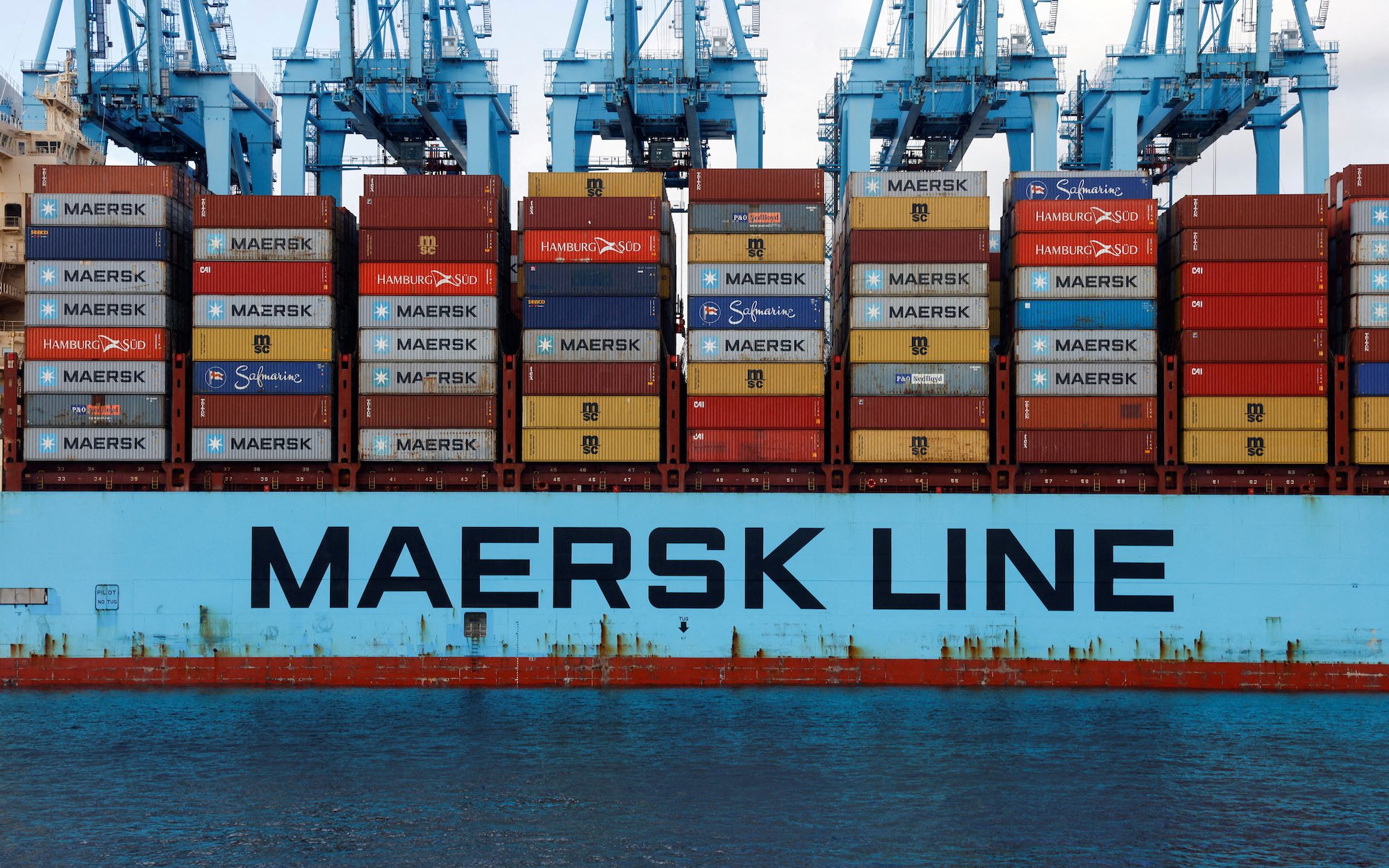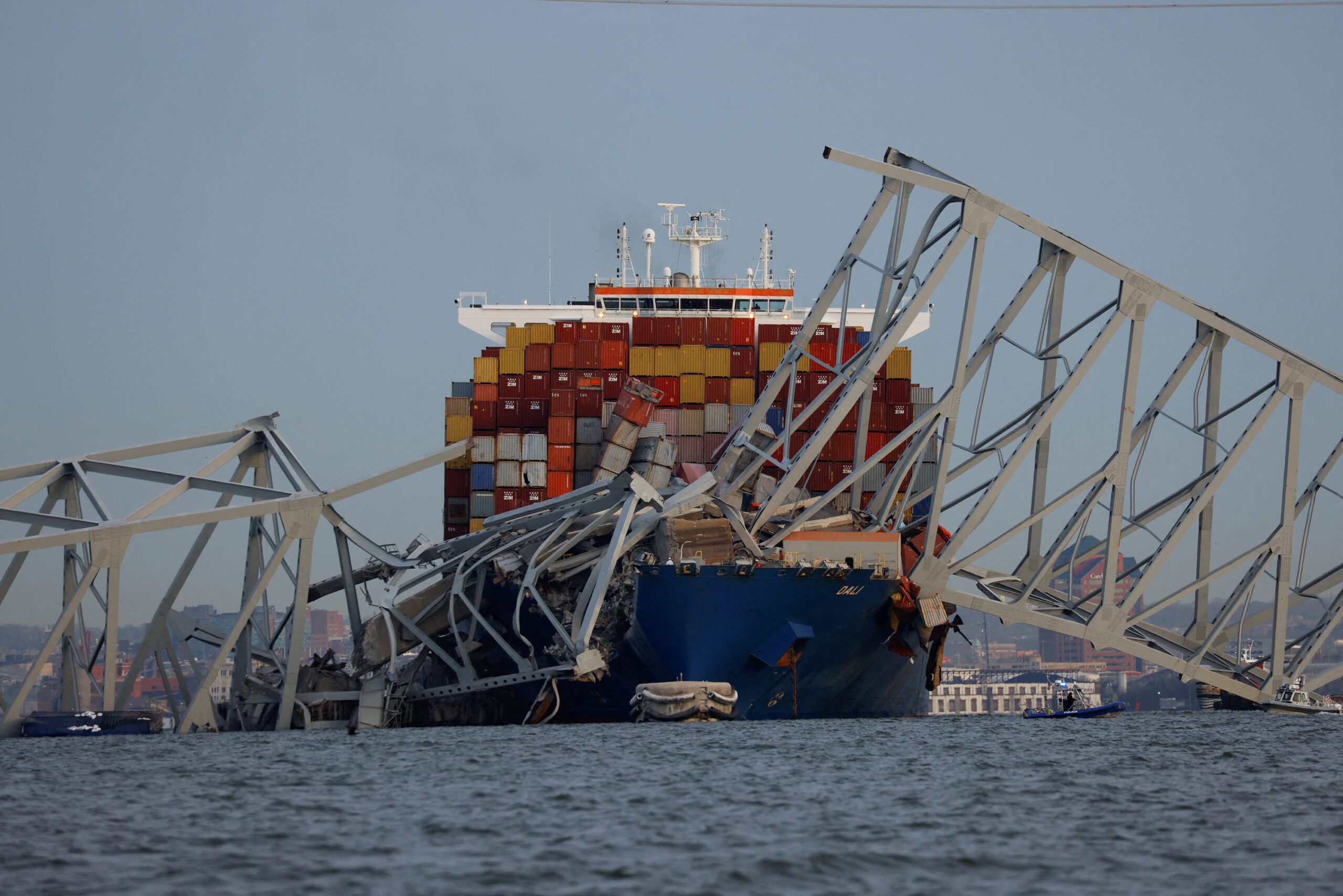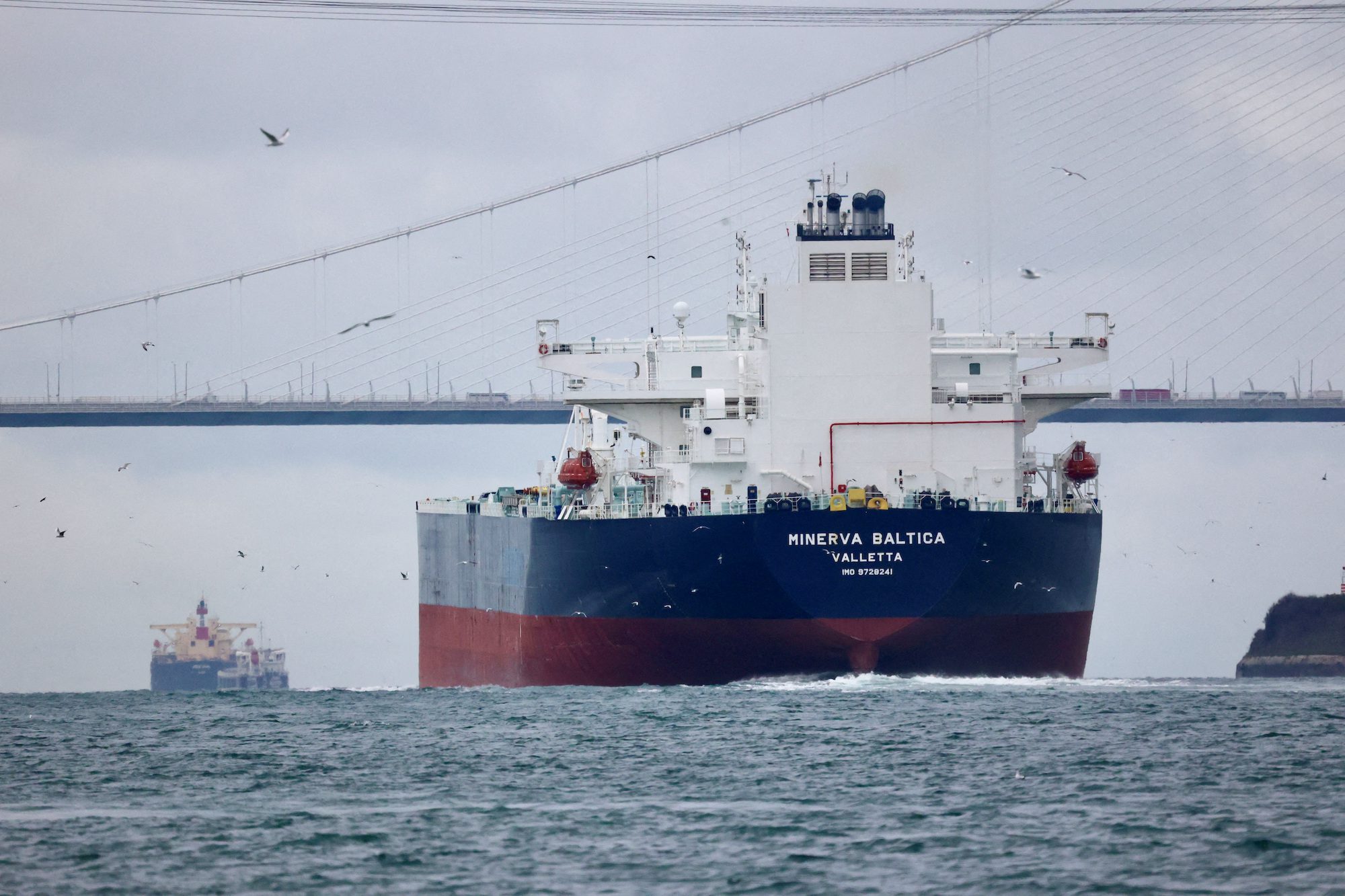ADV Ocean Shield. Photo courtesy Hpeterswald/Creative Commons
Alan Levin and Thomas Black
April 8 (Bloomberg) — Aircraft black-box pingers, like those from the missing Malaysian jetliner lying somewhere in the depths of the Indian Ocean, emit a sound signature almost impossible to mimic in nature.
Their standard frequency of 37.5 kilohertz, outside the range of human hearing, and once-a-second tempo were chosen in part to minimize chances the signals could be mistaken for a marine mammal or another manmade object.
So when the crew of the Australian search vessel Ocean Shield picked up two sets of pulses consistent with black-box signals, it seemed to John Fish like the first real lead to finding the Malaysian Airline System Bhd. plane that went missing March 8 with 239 passengers and crew. Black boxes have two sets of pingers, one each for the flight-data and cockpit- voice recorders.
“If you’re hearing both of them, you’re getting close,” said Fish, a principal of the undersea exploration company American Underwater Search & Survey Ltd.. “This wild-goose- chase search might be winding down real quick here.”
Locating the black boxes may be the last best chance to learn what happened to Flight 370. Someone in the cockpit deliberately turned the Boeing Co. 777-200ER off its flight path toward Beijing onto a course that ended in the ocean off Australia after disabling communications devices that track the plane, Malaysian Prime Minister Najib Razak has said.
Two Pingers
After the initial detection lasting more than two hours, the Ocean Shield turned and detected the pinger sound for an additional 13 minutes on a second pass over the area, said retired Air Chief Marshal Angus Houston, who heads Australia’s Joint Agency Coordination Centre. The water is about 4,500 meters (14,800 feet) deep in the region, Houston said yesterday in Perth.
“On this occasion, two distinct pinger returns were audible,” he said.
Investigators have reduced the search area by almost two- thirds.
The towed pinger locator is being operated by a team from Phoenix International Holdings Inc., Jim Gibson, the company’s general manager, said in an interview. The company, based in Largo, Maryland, built the device and operates under contract to the U.S. Navy, Gibson said.
“I think we are all cautiously optimistic,” he said. The team hasn’t been able to pick up the signal since the two initial passes and needs to rule out any false leads before verifying it has found the plane, he said.
‘Pretty Amazing’
The frequency of the sound detected from the ship was 33 kilohertz, which is below the 37.5 kilohertz the pingers are designed to emit, Gibson said. A failing battery or damage to the unit may cause a frequency shift, Anish Patel, president of Dukane Seacom, a unit of Hollywood, Florida-based Heico Corp. and the maker of the pinger, said in an interview.
Searchers are racing against time because the pinger batteries are already beyond their certified life of 30 days.
The batteries will probably function for at least five days beyond their expected lifespan and then begin to fade, said Chris Portale, finance director of Duane.
“It’s pretty amazing that they narrowed it down and actually heard something with no debris on the surface,” he said.
Even if the sounds are from Flight 370’s recorders, locating the crash-proof black boxes — which are actually painted bright orange — after hearing their pingers is a painstaking process.
Hydrophones’ Limits
Hydrophones picking up the sounds can’t determine what direction they’re coming from, Fish said. Typically, a ship would tow the hydrophone back and forth over the search zone, ruling out areas without a signal and listening for when the signal is strongest, Fish said. His Bourne, Massachusetts-based company has been involved in several searches for aircraft under water.
It may still take days to get a more precise location, he said. The hydrophone, which is pulled by a cable miles behind the boat, can swing back and forth with currents and can be difficult to control, he said.
Many factors can interfere with the signal and make it harder to detect, Fish said. Temperature inversion layers known as thermoclines can bend or reflect sound waves. In one case, Fish’s team wasn’t able to hear a crashed helicopter’s pinger beyond one-quarter mile because it had fallen beneath one of the craft’s rotor blades.
The pinger should be detectable within about 2 nautical miles (3.7 kilometers), Portale said.
Search Tools
Sometimes, pingers become dislodged from the recorders, so undersea vehicles must photograph a wider area to locate them, Fish said.
It also isn’t clear how valuable the recorders will be to investigators if they are recovered, John Cox, president of Washington-based Safety Operating Systems, said in an interview.
One of the boxes records four channels of sound from the cockpit on a two-hour loop. Since the plane flew for about seven hours after it turned off its planned course from Kuala Lumpur to Beijing and disappeared from radar, it probably only captured the last two hours, said Cox, who teaches aviation safety and has been involved in several crash investigations.
“As far as the initial event goes, it’s virtually impossible that it would be on the voice recorder,” he said.
The data recorder, which stores hundreds of parameters of information on aircraft performance, captures 25 hours, so it may be more useful, he said.
Silkair Crash
The searchers also can’t be sure the recorders were operating. The U.S. National Transportation Safety Board concluded a pilot on a Silkair 737 that crashed on Dec. 19, 1997, in Indonesia may have used circuit breakers to shut off recorders before intentionally crashing the plane. The accident killed all 104 people aboard.
In addition to salvaging the recorders if the plane is found, underwater vehicles will inspect the wreckage for evidence such as a mechanical malfunction or charring indicating a fire, Cox said.
Authorities will be cautious about characterizing the sounds until there’s concrete proof they’re from Flight 370, Dukane Seacom’s Portale said.
“With all the false hope that’s been given to the families of the victims, they’re having an overabundance of caution,” he said.
To contact the reporters on this story: Alan Levin in Washington at [email protected]; Thomas Black in Dallas at [email protected] To contact the editors responsible for this story: Bernard Kohn at [email protected]; Ed Dufner at [email protected] Ed Dufner
Copyright 2014 Bloomberg
Unlock Exclusive Insights Today!
Join the gCaptain Club for curated content, insider opinions, and vibrant community discussions.

 Join The Club
Join The Club













